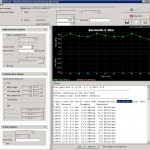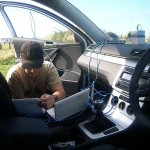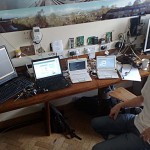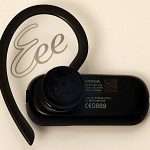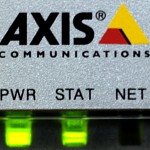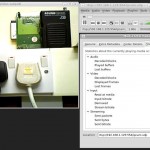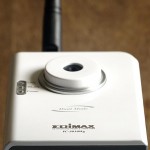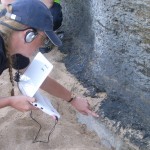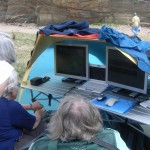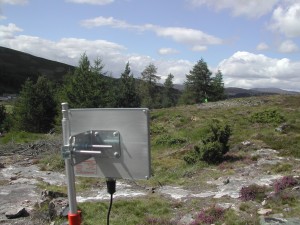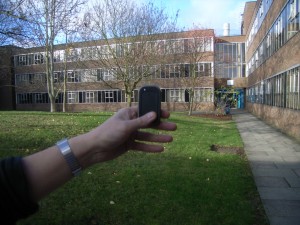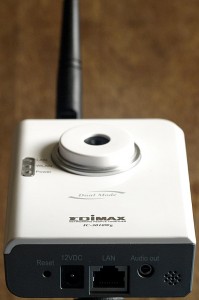Screen shots
Description
The Portable VoWLAN Toolkit is a battery-powered wireless local area network, optimised for voice and video data. Developed for use in university geology field courses, the toolkit provides a 802.11g WiFi network, a VoIP telephony server, and streaming video. During a field trip students and lecturers can use VoIP softphones to talk to one another, and any web standards compliant browser to view streaming video and collected photos. Although developed to improve student access to geology fieldwork, the resulting generic toolkit can be applied to support any mobile learning context where live communication is required.

